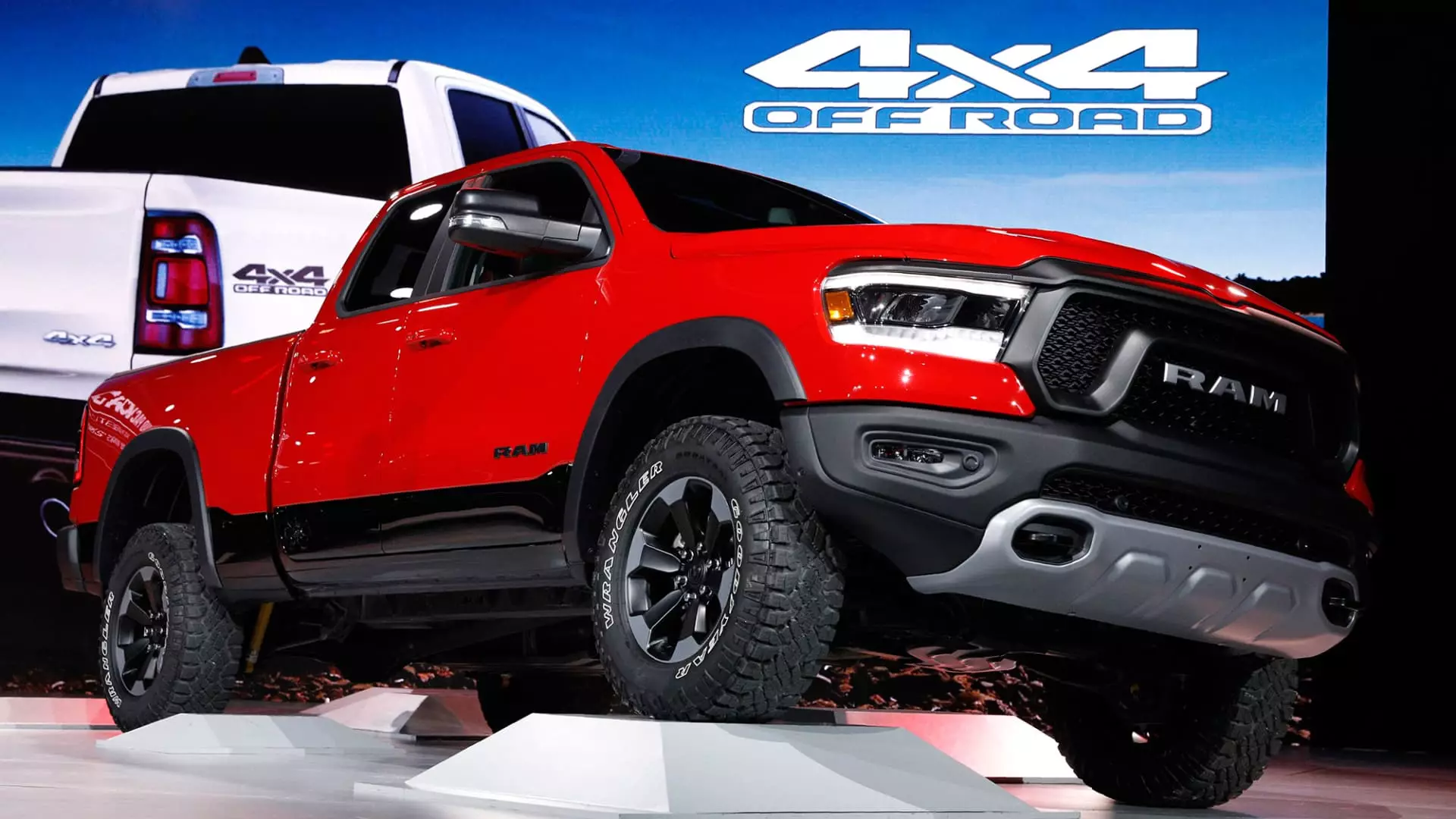Automaker Stellantis has recently announced plans to indefinitely lay off up to 2,450 U.S. factory workers as it discontinues production of an older version of its Ram 1500 pickup truck in Michigan. This decision comes as the company shifts its focus to the newer generation of the Ram 1500, which has been in production since 2018. The layoffs will affect workers at the Warren Truck Assembly Plant, where the older version of the Ram 1500, known as the “Classic,” is currently being produced.
The discontinuation of the Ram 1500 “Classic” vehicle raises concerns for local governments, workers, and the United Auto Workers union, which represents the plant. The lack of a replacement vehicle raises uncertainties about the future of the plant and the job security of its workers. This move by Stellantis underscores the challenges facing the automotive industry as it navigates changing consumer preferences and market demands.
The layoffs at the Warren plant are part of Stellantis’ broader cost-cutting measures to improve its financial performance. The company has been cutting production at several plants in response to sales issues and the need to reduce costs. CEO Carlos Tavares has been leading a cost-cutting mission since the merger between Fiat Chrysler and France’s PSA Groupe in January 2021. The layoffs and production cuts are aimed at increasing profits and doubling revenue to 300 billion euros by 2030 as part of the company’s “Dare Forward 2030” plan.
Stellantis’ decision to lay off factory workers highlights the challenges facing the auto industry as it undergoes transformation and restructuring. The shift towards electric vehicles, autonomous technology, and other innovations is reshaping the industry landscape, leading to changes in production, workforce needs, and market dynamics. As automakers adjust to these shifts, there will be winners and losers, with some companies facing greater challenges than others in adapting to the changing market environment.
Stellantis’ layoffs of U.S. factory workers underscore the complexities and uncertainties facing the auto industry. The decision to discontinue production of the Ram 1500 “Classic” vehicle reflects the company’s strategic shift towards newer models and cost-cutting measures. The impact of these layoffs on local communities, workers, and the broader industry highlights the need for companies to adapt to changing market conditions and consumer preferences in order to remain competitive in the evolving automotive landscape.

